top of page

Dream Cabinet
Interactive Animation ● April 2025 ● Team Lead and Animator
The Dream Cabinet is an interactive animated experience, where the viewer journeys through the dreams of a sleeping protagonist. The animation begins with a short introductory sequence that transitions into a menu screen. From there, the viewer can press a button to enter one of several dream sequences. After each dream ends, the viewer is returned to the title screen, where they can replay the same dream or explore a different one.
Documentation
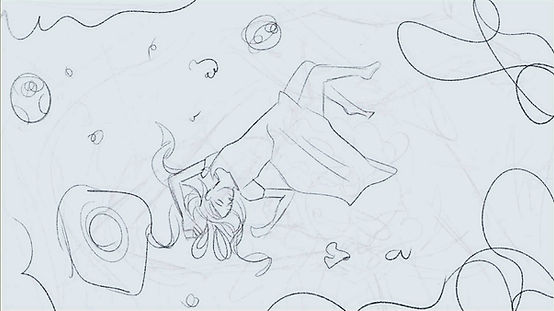
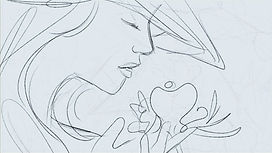
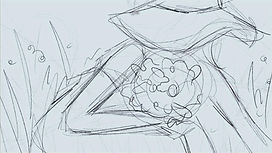
A key limitation in our project was the requirement to use only three shots per animation sequence to convey our section of the story. I began by storyboarding the introduction, carefully planning how to establish tone and narrative within those constraints while also focusing on composition and pacing. My group and I chose to embrace a whimsical storyline, using elements of nature to catalyst the protagonist into a hallucinatory state. Foliage and fauna served as recurring symbols throughout our animations, helping to create a cohesive visual theme within our different art styles.
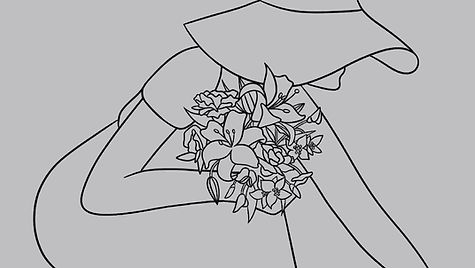

After completing the storyboarding phase, my team moved on to animating our respective sequences. For my part, I chose to work exclusively with solid line art to maintain visual clarity and consistency. As the team lead, I was responsible for compiling the completed animations into Stornaway.io. I ensured that each media file was correctly linked to its corresponding follow-up scene to preserve the intended user flow. To create the interactive title screen, I designed separate PNG assets for the buttons and overlaid them on top of the menu screen PNG, allowing for clean, clickable transitions between dream sequences.
After completing the first iteration of our project, my team and I presented it to the class for critique. We received valuable feedback from both our professor and peers, with recommendations to incorporate color, audio, and more movement. In response, I enhanced the dynamics of the title screen by animating two distinct objects to function as the interactive buttons. To maintain visual and narrative cohesion, each button was designed to represent its corresponding dream sequence. A key constraint during this process was ensuring that both button animations used the same number of frames to create seamless, synchronized loops.
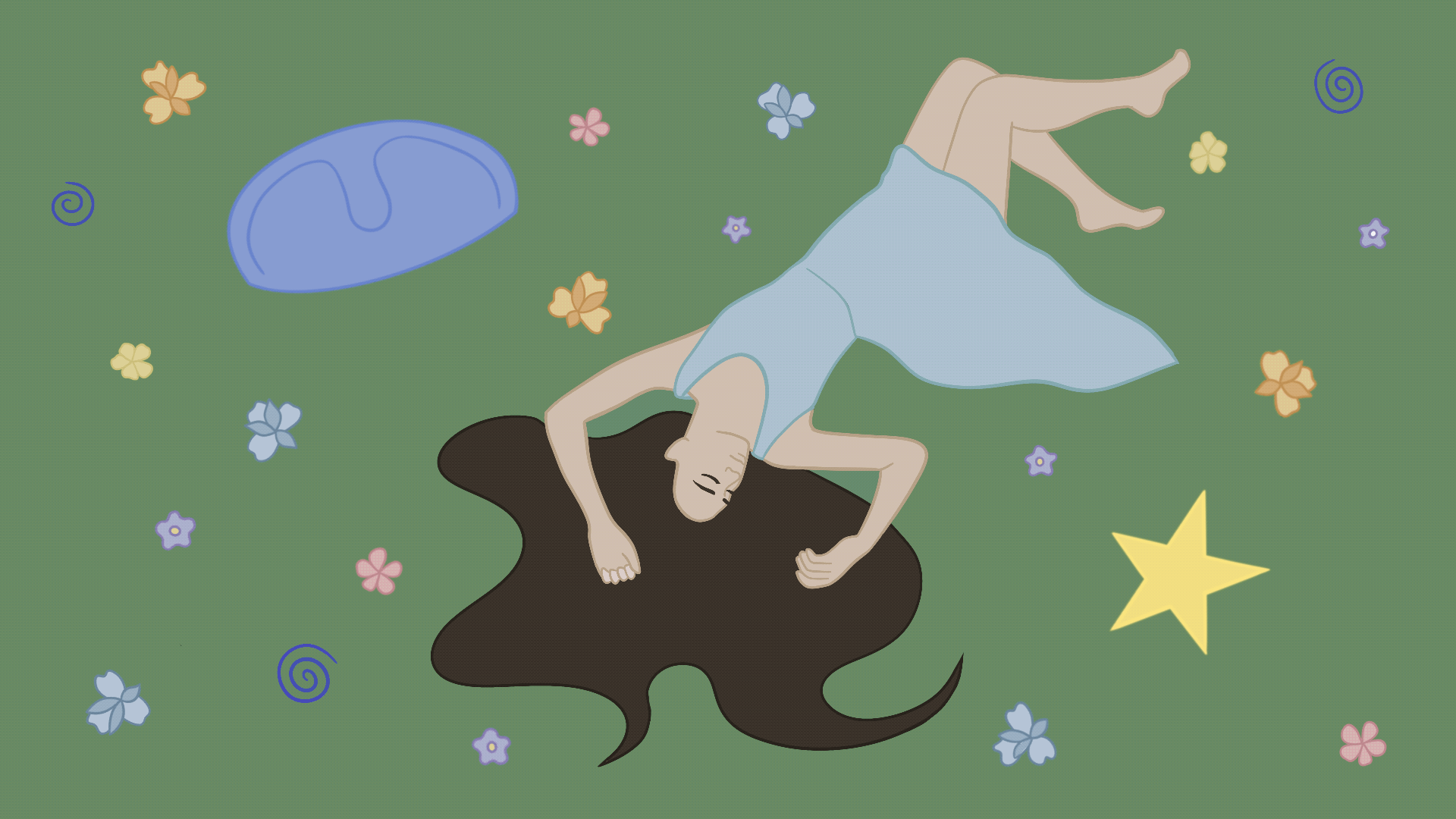

For our final rendition, we successfully integrated both color and audio into the animations. To align my illustrations with the project's soft and colorful color palette, I modified my line art from solid black to multicolored. This adjustment also helped maintain visual consistency across sequences. I sourced copyright-free audio and layered it over the animations to enhance the atmosphere and timing. One significant constraint happened when adding audio to the looping menu screen. Although I initially intended to use a longer ambient track, I discovered that Stornaway.io delays scene transitions until the current audio clip finishes playing. As a result, I was limited to using short two to three second sound clips to prevent prolonged pauses when switching between scenes.
bottom of page